Farmers using carbon credits to improve land and safeguard financial future
Grazier Andrew Lawrie’s latest cash crop - carbon credits - has survived floods, droughts and doubts to become not only a way to improve his land but also secure his family’s financial future.

The first seeds of Andrew Lawrie’s latest cash crop were sown two decades ago. It was then the central Queensland grazier and his wife Meagan changed the family property’s pasture management practices in a bid to boost water retention, pasture growth and cattle fattening potential.
But the game changed in 2016 when Andrew Lawrie heard about the latest trend in the carbon farming movement – soil carbon. He signed up with a carbon service provider, tested the soil carbon level on the property, Moora Plains, to set a benchmark, and focused on a suite of livestock management practices to improve the soil.
He was not sure it would pay off financially but it wasn’t a case of sitting back and waiting for the grass – and the carbon – to grow.

This is an article from The List: 100 Top Energy Players 2024, which is announced in full on November 22.
“As part of the project we couldn’t carry on business as usual and because we’d already had some form of intensive grazing, we shifted to higher intensity,” Andrew Lawrie says. “We increased the number of head we were running per hectare. It was about ensuring more even utilisation of the country and more even animal impact. Hooves, urine, dung were all a lot more even; almost all of the country gets some form of impact.”
The 3500ha property was fenced into smaller cells, and the stocking ratio doubled from 10 to 20 head per hectare. Cattle have to be moved almost daily to rest the soil but with more, smaller paddocks, some paddocks are rested for up to 300 days to allow grasses to recover. Lawrie is committed to the methodology for a total of 25 years – the time frame required by the federal government’s Clean Energy Regulator (CER) as part of the creation of carbon credits.
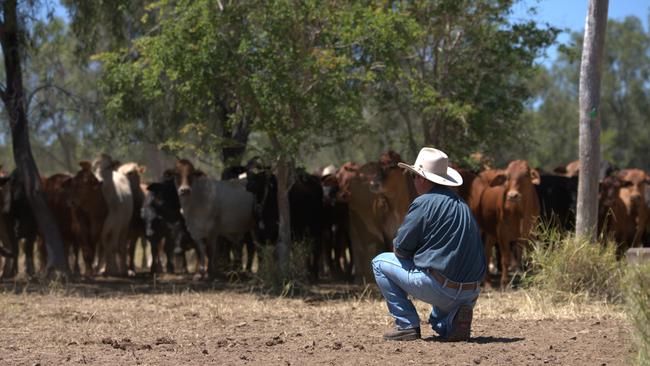
The pasture on Moora Plains improved and the cattle gained weight more efficiently, but Lawrie was unsure if more carbon was sequestered. The weather too made life difficult.
“It’s not been plain sailing. Through that five year period we had a one in 100 year flood, severe pasture dieback and the driest year on record. So I was pretty surprised we had sequestered carbon at all to be quite honest,” Andrew Lawrie says.
A 2021 audit showed carbon had grown to the tune of 85,262 Australian Carbon Credit Units (ACCUs) – the second highest of any individual project in Australia. The Lawries’ project is one of just 13 nationwide with accredited soil carbon ACCUs. One ACCU is equal to one tonne of carbon dioxide equivalent that would otherwise have gone into the atmosphere, contributing to climate change. The Lawries are yet to sell their credits, which in October had a market value of about $36 each – or a total of about $3m. Under the rules they must test the soil again in 2026 and again five years after that, to prove the carbon content is maintained, or better still, has increased.
Unearthing hidden profits
Some analysts predict the price of credits could rise to as high as $100 as the country’s 215 biggest corporates work to reach their 43 per cent emissions reduction targets by 2030 and net zero by 2050 under the government’s Safeguard Mechanism. This requires them to cut annual emissions by about 5 per cent every year, with many buying carbon credits as the offsets. Lawrie sees carbon as another commodity and revenue stream: “It’s not without its hoops to jump through but it’s a natural fit for the way we farm.”
Like Lawrie, many farmers have begun improving their soil in recent years in a bid to boost production after decades of degradation. The carbon credit market has emerged as an extra revenue stream to fund the expanded fencing and watering points or to sow seeds. The market is already worth about $600m; agricultural corporates like Elders expect it will become mainstream; and the CER forecasts it will issue a record 20 million ACCUs in 2024.
While the majority will be for vegetation projects, the annual registration has grown from one in 2019 to 94 last year. Farm carbon credits are created by a range of farming methods, including planting trees, managing livestock, protecting native vegetation, managing bushfires, as well as soil carbon sequestration. But controversies about the integrity of some methods have made big corporations wary and increased the value of some ACCUs, generated by high-integrity projects, over others. Of particular concern are “human induced regeneration” and “avoided deforestation” credits earned by projects for protecting forest that could otherwise be cleared. The avoided deforestation method was scrapped for new projects following a review by former chief scientist Ian Chubb in 2022 and the human induced deforestation method was closed last year, but existing projects can still get credits until the end of their lifespan.
To navigate the complexities, most farmers sign up with carbon service providers to facilitate the project from initiation to ACCU issuance and over its lifespan. Carbon Link, the organisation Lawrie signed with in 2016, is a frontrunner, with its clients generating more than 90 per cent of all ACCUs for soil carbon. Chairman Terry McCosker says carbon farming is enabling producers of all sizes to be a part of an economy with fewer greenhouse gas emissions.
“This approach enriches soil fertility, boosts water retention, and strengthens your farm against climate variability, laying the groundwork for long-term profitability,” he says. “The issue of ACCUs is a just reward for the effort that has gone into changing the way Moora Plains is managed.”
Trusting the science behind soil carbon
While Moora Plains is at the more mature end of the spectrum, Daryl Merchant is new to carbon farming. Faced with the prospect of buying more land or improving his existing pasture, Merchant began a cell grazing project a few years ago and is about to record baseline soil carbon measurements at his property in Goulburn, NSW. He’s also considering a tree planting project for the less productive parts of the cattle-fattening property.
“This soil carbon project is the final key to everything I’ve been putting together over a few years now, as far as holistic grazing is concerned,” Merchant says. “I’ve always been interested in innovative ways of doing business or farming. I was dubious about (carbon farming) but once I learned a bit more and started hearing about Australia’s rigorous system, it gave me faith…I can improve my soils and I might be able to make a few dollars while I do it.”
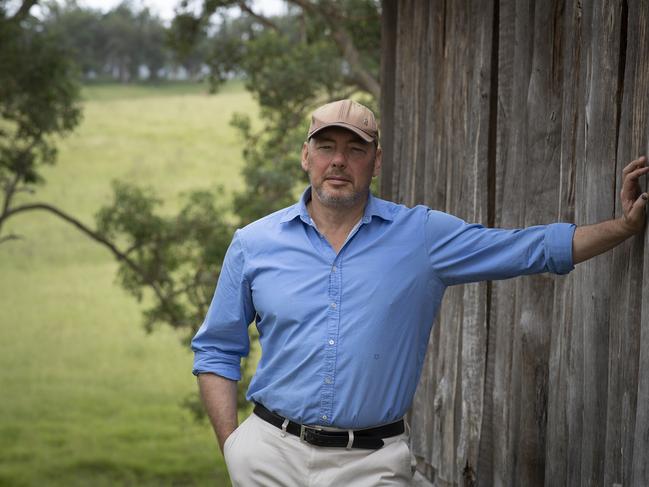
Nigel Kuzemko, the founder and managing director of Carbon Fix, which manages Merchant’s project, backs the rigour of the market and the methodologies that underpin it, particularly when it comes to soil. “It’s an empirical test, it’s not modelling or anything like that,” Kuzemko says. “Carbon has gone up between the two dates, or it has not, and you’ve got real data to back that up.”
Carbon Fix recently signed a joint venture with agribusiness Elders to help farmers navigate the complicated system, and Kuzemko says carbon projects are gaining popularity among farmers with properties of all sizes. “It’s becoming normal now,” Kuzemko says. “If you have a farm, you’re obliged, in a way, to think about your carbon potential.”
Soil scientist Richard Harper from the Centre for Crop and Food Innovation at Murdoch University’s Food Futures Institute vouches for the science behind soil carbon projects, which includes measuring carbon at different depths.
He says it’s important that projects are supported by transparent reporting of results published by the CER. “I think the overall scheme is excellent,” Harper says. “Putting the data out into the public domain is important. If you’re making claims about soil carbon sequestration then that information should be really transparent.”
Harper says the movement has potential to reverse some of the land degradation caused by agriculture, particularly in areas with high levels of salinity and that a well-structured carbon project and management program can turn unproductive soil into a carbon sink. “If it’s done well it is a great opportunity for things like land care and a great way to finance that and reduce pressure on taxpayers,” he says. “It can tackle issues like salinity and erosion. But it is important that there’s a level of boundary riding to ensure people don’t get over enthusiastic about their claims and that the regulation makes sure things are kept in order.”
Another carbon farming methodology used by bigger producers is the Beef Cattle Herd Management Method, which awards credits based on improved weight to age ratios and reduction of the proportion of unproductive animals in a herd. Consolidated Pastoral Company and the Australian Agricultural Company have been early adopters, earning 276,198 and 376,267 ACCUs respectively.
The carbon farmer’s caveat emptor
As more farmers receive credits, there is debate about what they should do with their ACCUs – sell them as “offset” credits to governments or third parties, or hold them to “inset” a farm’s own emissions. Some farmers view carbon projects as an additional income stream, but for others they are an essential “insurance policy” against future regulation. Lawyer Matt Egerton-Warburton, a partner with Mills Oakley, who advises landholders, carbon service providers, financiers, traders and others in the carbon market, says government legislation will eventually pressure farmers into accounting for their emissions.
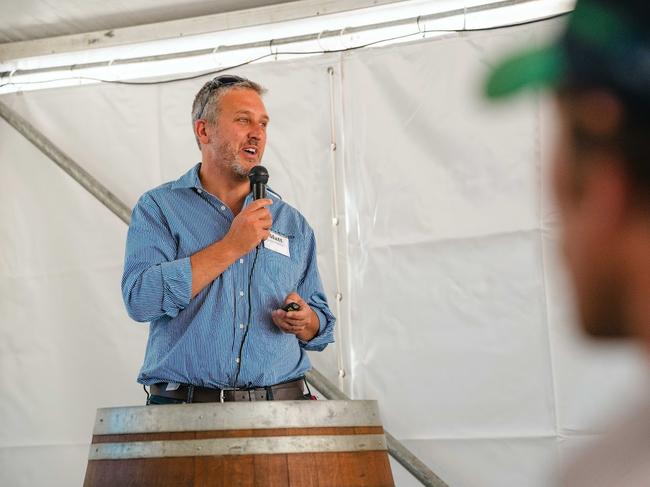
“Scope 3 reporting [reporting emissions in supply chains] is coming and this will affect farmers,” he says. “If farmers start doing their carbon work based on scope 3 reporting, they will become aware that they should keep some of these credits for themselves to be carbon neutral producers.”
Egerton-Warburton advises farmers to be discerning when choosing carbon service providers and to seek legal advice before signing a contract. He says some farmers have locked themselves into poor 25-year contracts and some are now struggling to sell their properties because their carbon agreements have to be taken over by the new owner.
“It’s very difficult to get out of a contract, and usually you can’t,” Egerton-Warburton says. “But the truth is the landholder has all the leverage.” His preferred model is “fee-for-service” in which landholders pay upfront to a carbon service provider to set up their project and in which the landholder retains all ACCUs generated. Then there’s a credit sharing model in which service providers take a portion (usually between five per cent and 30 per cent) of credits. A third model, which Egerton-Warburton advises against, is where a service provider takes all the credits and pays the landholder an income stream.
Playing it safe
Some farmers have banded together in co-ops to help navigate the system. Carbon West is one service provider offering fee-for-service contracts. Managing director Jennifer West says: “It’s just not fair that a farmer does the work and somebody else gets the gains. Your accountant doesn’t charge you on whether you make money or not, they charge you a fee for the works required to lodge a compliant tax return.”
West urges farmers to remember the soil carbon project methodology is designed for long-term gains, not immediate returns: “The methodology is brilliant, but the problem is everyone wants to know within a few years whether it’s a goer or not, but it’s not designed like that, it’s designed to prove gains across time over a large area.”
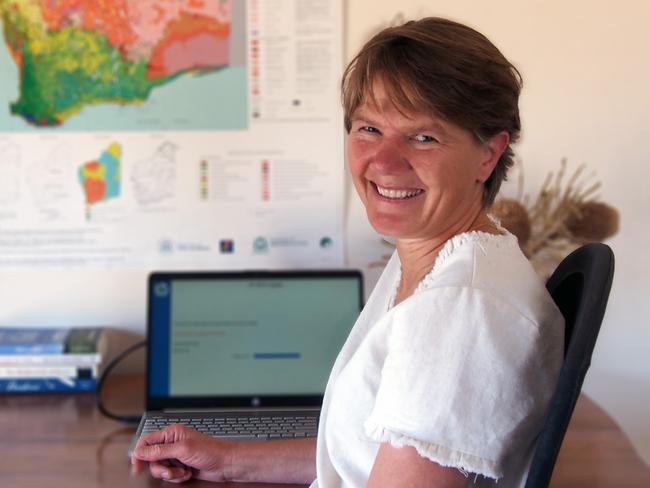
West Australian dairy farmer Andrew Jenkins began his carbon project at his property near Denmark three years ago and says he’s in it for the long haul. Improving his soil involves increasing the number and diversity of plant species in his paddocks to encourage carbon sequestration at different levels of the soil for as many days of the year as possible.
Jenkins signed with Carbon West after considering other models. “We had people trying to convince us to go with different models, but at the end of the day they were the proprietor, and they would have ended up with 45 per cent of the ACCUs,” he says.
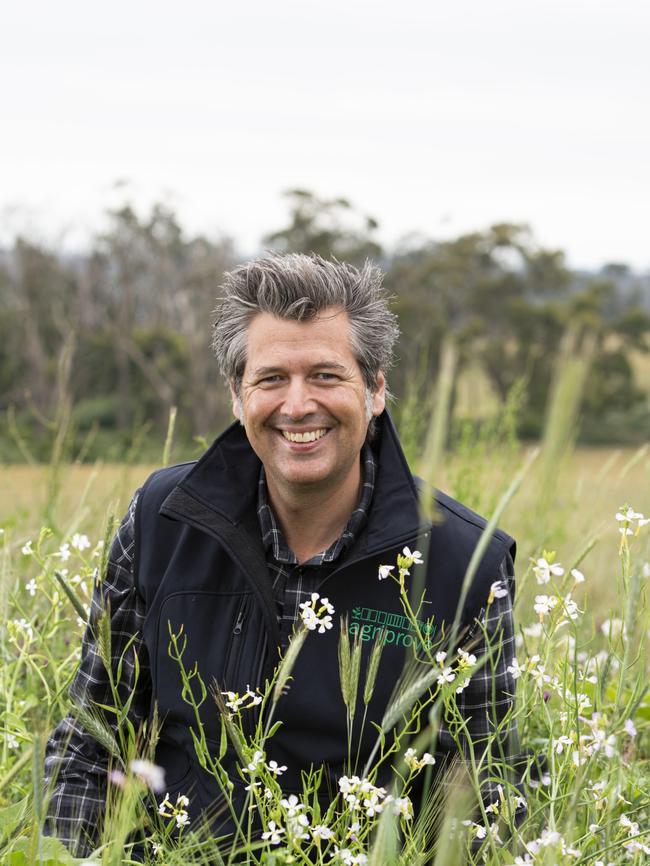
AgriProve founder and managing director Matthew Warnken backs a credit sharing model with landholders. “We take a success fee, 25 per cent of the carbon credits, but we do cover all ongoing project-related costs in terms of sampling, reporting and auditing. The only cost that’s left with landholders is the upfront baseline sampling,” he says. “We thought long and hard about it in the early days of the business. This way we’re aligned with the landholders in terms of the performance of the projects and we’re incentivised to scout for opportunities to improve.”
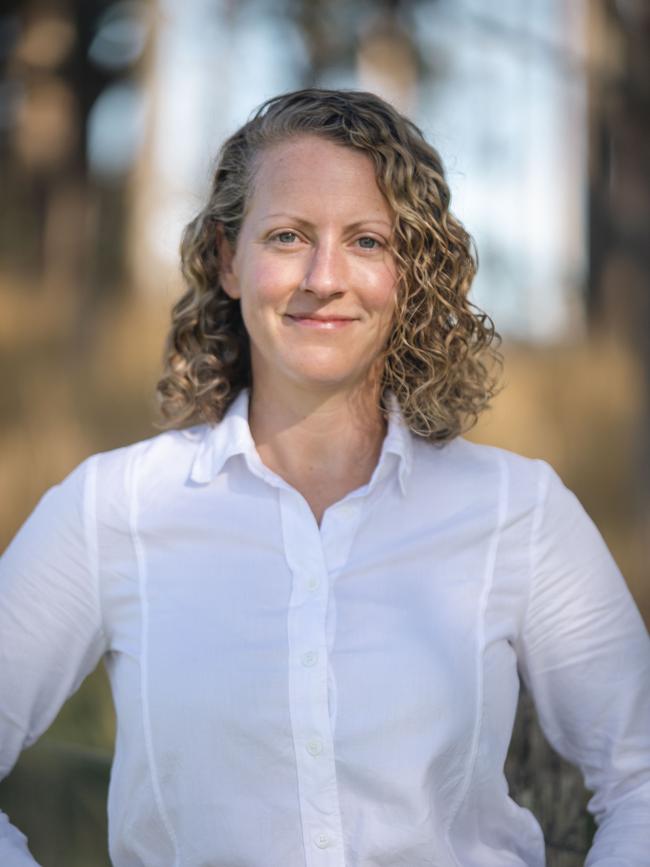
Atlas Carbon founder and chief executive Ashley Silver says that while the carbon market has been a mystery to some, many are starting to realise its potential. “The aptitude and understanding of farmers is increasing but there’s still a big gap in knowledge and a level of miscommunication that has happened,” she says. “It is getting better, and producers are reading-up and they’re seeing other producers getting paid out millions in ACCUs…In the next few years we’ll start to see an acceleration of interest which will be excellent for Australia’s land health and ecosystems, not only from a carbon perspective.”




To join the conversation, please log in. Don't have an account? Register
Join the conversation, you are commenting as Logout